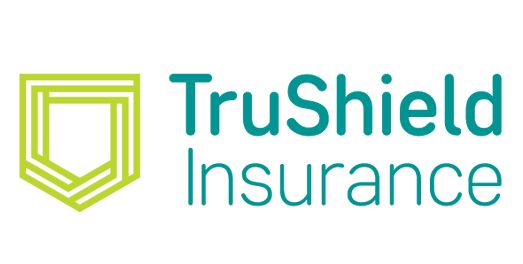Building a strong small business continuity plan

3 tips to help craft a great small business continuity plan
There’s a lot to consider including in your plans, no matter how big or small your business may be. Disaster recovery and business continuity templates can offer good guidance, helping you organize your strategy and even consider elements you may not have thought about. However, every plan can and should be customized to better support your company. Here are a few tips to help you build a business continuity plan to suit your business:
1. Brainstorm potential problems
Thinking about all the ways things can go wrong can be a stressful exercise, but if you sit down as a team to discuss the obvious (and less obvious) risks to your business now, you’ll be able to build a plan that responds well to a crisis. You can begin by asking yourselves a few questions, like: Is your building vulnerable to extreme weather or natural disaster? If so, you might consider a secondary or remote location that could host your team and operations when you’re forced to evacuate your premises. There may also be ways to improve your current warning or alarm systems to help you react swiftly. Are your records up to date? Having a complete list of important contacts like vendors, service providers, emergency personnel, and equipment specialists can save a lot of time and effort when you’re scrambling to prevent further damage or loss. In contrast, an outdated list of contacts could set back your recovery efforts for hours, if not days. How do you handle your data? As cybercrime advances, it’s more important than ever to frequently back up your important files on a shared drive or external drive. Cloud-based servers can help you recover digital data safely and quickly. If you don’t have an IT department to keep on top of security measures, it’s particularly important to train employees to spot and mitigate cyber risk. Are you vulnerable to theft or other crime? If you work with expensive materials or goods, very sensitive information, or anything that would be particularly enticing to thieves, your staff will need to know what to do in case of a break-in or confrontation. This may also be the time to upgrade your surveillance efforts. This list is merely a jumping-off point – there are plenty of aspects that could affect your risks, which is why it’s a good idea to put your heads together and consider all angles.
2. Divide and conquer
Everyone should have – and know – their role to play in the recovery effort. Emergencies can be chaotic situations, and without a clear division of duties your workspace could descend into confusion. Here are some ideas to consider: If you don’t have a public relations team, designate someone to lead damage control efforts (if you’ve prepared a statement ahead of time, it will makes things easier). Make sure some employees have basic first aid training so they can offer immediate assistance until professional help arrives. Train multiple people on important roles and functions, so operations don’t come to a standstill if a crucial employee is absent. Don’t be the only one who knows where important documents are kept – confide in a colleague so they can access emergency contact numbers or insurance documents in case you’re away. A contingency plan will help your business stay open with remote data access, offsite schedules, and prepared statements to explain the status of your operations. You might consider grouping employees into contingency teams to better organize the effort.
3. Practice makes perfect
It’s not enough to have a recovery plan in place; you’ll need to test and adapt it regularly. Once you’ve clearly communicated (and recorded) your set of procedures in case of fire, cyber breach, theft, or other disaster, it’s a good idea to conduct a mock-run. Drills, hypothetical tests, and ongoing staff training can all play a part in testing how well the plan functions. Have you found a weak point? Make a change! The most important aspect of a business continuity plan is that it works for your business. You should test and review your plan often. The more you test the plan, the more you can refine it, the more comfortable your team will be, and the better you’ll be able to respond in an emergency.
Consider calling in an expert
Remember that there’s a lot riding on your business continuity plan – including your reputation. Word travels fast in the digital world, and that means you’ll need to react and reassure your customers and partners as quickly as possible if an incident sets your business back. If you can communicate honestly and effectively while you put your continuity plan into action, you stand a better chance at retaining customers and keeping your edge over the competition. Depending on the size and nature of your business, you may want to lean on experts to help you develop an appropriate response, recovery, and continuity plan. There are many points to consider, and it’s better to be safe than sorry; a risk management specialist can help you assess your risk, and fine-tune your risk management strategy with careful monitoring and training solutions. This blog is provided for information only and is not a substitute for professional advice. We make no representations or warranties regarding.
This blog was originally published by Trushield Insurance. Trushield Insurance is a partner of the Canadian Chamber’s Business Protection Program, through this partnership Trushield offers insurance for chamber network small businesses. This blog is provided for information only and is not a substitute for professional advice. We make no representations or warranties regarding the accuracy or completeness of the information and will not be responsible for any loss arising out of reliance on the information.